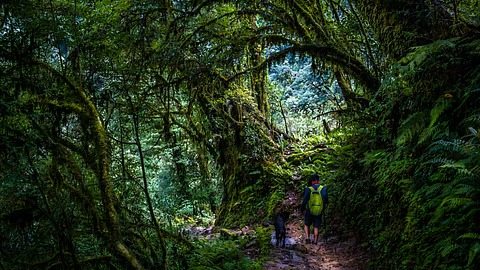
Follow WOWNEWS 24x7 on:
Updated: June 19, 2025 21:02

India’s forest reserves are more than just wildlife sanctuaries—they’re living museums of biodiversity, history, and cultural legacy. From royal hunting grounds to conservation battlegrounds, these eight forest reserves offer a rare blend of natural beauty and historical depth.
1. Jim Corbett National Park, Uttarakhand
India’s oldest national park, established in 1936. Known for Bengal tigers and lush sal forests, it carries the legacy of hunter-turned-conservationist Jim Corbett.
2. Kaziranga National Park, Assam
A UNESCO World Heritage Site and the stronghold of the one-horned rhinoceros. Its floodplains and grasslands are teeming with elephants, swamp deer, and wild buffalo.
3. Gir National Park, Gujarat
The last refuge of the Asiatic lion. Gir’s dry deciduous forests are steeped in wildlife heritage and community-led conservation.
4. Sunderbans National Park, West Bengal
The world’s largest mangrove forest and home to the elusive Royal Bengal tiger. Its tidal ecosystem is as mysterious as it is majestic.
5. Silent Valley National Park, Kerala
A pristine rainforest that was saved from a dam project in the 1980s. It’s a symbol of India’s early environmental activism.
6. Periyar Wildlife Sanctuary, Kerala
Famous for its scenic lake and elephant herds. Once a royal hunting ground, now a model for eco-tourism and community conservation.
7. Bandipur National Park, Karnataka
Formerly the Maharajas’ hunting reserve, now a tiger stronghold and part of the Nilgiri Biosphere Reserve.
8. Nagarhole National Park, Karnataka
Known for its dense forests and thriving elephant population. It shares a rich conservation corridor with Bandipur and Wayanad.
Sources: Economic Times, TripBeam, India Today

